Introduction
1963 turned out to be one of those years no one would ever forget. That fall I entered the 7th grade and at 12 years old was making the difficult transition from child to adolescent. Barely a year earlier the Cuban Missile Crisis had brought us all to the brink of nuclear war, and soon “The Beatles” would be all the rage and the world of pop music would never be the same. Overshadowing everything, however, was the assassination of President John F. Kennedy on November 22 of that year in Dallas, Texas; an incident that, even today, still rivets our attention. I clearly recall being at school that Friday, when we began hearing rumors that something tragic had happened. All students were called to a lunch assembly, at which it was announced that the President had been shot and killed. The events of that terrible weekend played out; the accused assassin, Lee Harvey Oswald, was caught and then himself murdered by a man named Jack Ruby, and all right in front of you on television. We took it in with a kind of stunned disbelief; a sort of suspension from reason. I spent much of that gray, autumn weekend hiking and fishing in the creek that ran through the canyon and woods about a mile from our house. The utter normalness of the trees; the constancy of the creek, buffered me somewhat from the insanity of the outside world. On the Monday following the President’s death, the kids in school wrote their impressions of what had occurred and what a loss it was. They centered their essays around how great a country it was that could have something like this happen, and yet the government was able to keep functioning, with power changing to a new president, and somehow things still worked. My classmates were grasping for something stable in a sea of confusion. Weren’t we all?
When the President was killed, I knew something significant had occurred, but it wasn’t until many years later that I had some comprehension of what really happened that day in Dallas. All our lives were changed in ways we could not possibly have envisioned. Our nation is still haunted by this incident and will continue to be until the full truth is known about it. The article that follows is an introduction to some of that truth and is extracted from earlier articles and research I have done on this subject. The misinformation about the murder of President Kennedy, starting with the Warren Commission’s report and attendant 26 volumes of testimony and evidence, distracts people from asking the real question about this tragedy that needs to be answered, and that is simply “Why?” Why was JFK killed? With the answer to that question revealed one begins to have an inkling of what has happened and is happening to our nation.…MA
___________________
One Tragic Day
On the morning of Friday, November 22, 1963, a New York City attorney was busy defending a client being tried at the Criminal Court Building in lower Manhattan. At 1 pm the judge declared a lunch recess and the attorney left the Court building and headed toward a favorite Chinese restaurant a few blocks away. After lunch, as he walked back to the courthouse, he observed people on the street gathered by radios listening intently. He asked one of the people what was going on and was told that President Kennedy had been shot in Dallas. The attorney ran back to the courthouse and headed straight to the press room, where he found a number of reporters, bailiffs and attorneys all listening to the radio. After a few minutes the announcement was made to the stunned crowd—the President was dead. Like everyone else, the attorney stood there in shock, only then realizing that for the first time in his life he was late for a court appearance; the trial of his client was to have resumed 5 minutes earlier. Half thinking the judge would cancel the afternoon session due to the tragedy that had unfolded in Dallas, he dashed to the courtroom. The judge, however, had other ideas, and ordered that the trial continue.
Later that afternoon, with his client acquitted, the attorney rushed from the courtroom to find a TV so he could get updated on the momentous occurrences that had transpired while he was in court. As he ran down the steps of the criminal court building he encountered a judge he knew who was also walking down the steps. The judge turned toward him and said, “Well…do you think he did it alone?”
Being out of the loop on the afternoon’s happenings, the attorney responded, “Who, sir? Did what?
“Do you think this Oswald killed the President?”, the judge asked.
The attorney explained that he had been trying a case all afternoon and had heard nothing of the details of the assassination. The judge, ignoring the counselor’s explanation of ignorance, just looked at him and said: “He couldn’t very well shoot him from the back and cause an entrance wound in his throat, could he?”
Not waiting for a response from the attorney, the judge continued: “The doctors said the throat wound was an entrance wound. It’ll be an interesting trial. I want to see how they answer that question.”
Some Truth Leaks Out
The incidents and dialog just described actually took place. The attorney involved was Mark Lane, who would go on to become one of the most ardent JFK researchers and Warren Report critics to ever punch a keyboard. As I write this, 60 years have now passed since John F. Kennedy’s assassination, and the question that Mark Lane’s judge friend asked him on the Court Building’s steps in 1963 has still not been adequately answered. Indeed, it remains one of the central illogics at the heart of the JFK murder case:
How could Oswald have shot Kennedy from the front causing a throat entry wound, if he was behind the President shooting from the Texas School Book Depository?
In the hectic first few minutes after the assassination, before the full cover story of Oswald as a lone nut killer had taken hold in the media, some truth had leaked out. One of the emergency room doctors trying to save Kennedy’s life told a reporter that the small, round bullet hole they observed at the front of JFK’s throat, before they cut across it in performing a tracheotomy, was an entry wound. These doctors were all seasoned, trauma room professionals who knew gunshot wounds. They had also observed a large, gaping wound at the right rear of Kennedy’s skull, which they identified as an exit wound. In addition, grassy knoll witnesses interviewed referred to shots coming from up the knoll and behind the fence, and a number of them went running up the hill right after the shots had been fired to find who pulled the trigger. Lane’s judge friend had caught some of these initial reports on the radio or TV, and, like a good jurist would, immediately spotted the contrary facts of the case. Oswald was in the Book Depository behind the President. He couldn’t have caused a throat entry wound and rear skull exit wound firing from that location.
Seeing the illogic his friend had pointed out, Mark Lane immediately took on the JFK assassination case as his personal mission, and, like a pit bull, he never let go. Being a defense attorney, he had a unique perspective: he knew that no jury of his peers would have convicted Oswald of Kennedy’s killing based on the evidence presented in the Warren Report. A competent defense would have picked that case apart easily. He was also personally impacted by Kennedy’s death, having met JFK and his brother Robert on several occasions. Lane had been elected to the New York state legislature in 1960 with Kennedy’s endorsement, and also had helped to organize JFK’s campaign for the Democratic Party presidential nomination in 1959. For these reasons, as well as a commitment to justice, Lane took on the task of getting at the truth of JFK’s assassination. His most recent book on the subject was written in 2011, a few years before his death in 2016, and is entitled “Last Word: My Indictment of the CIA in the Murder of JFK”. His first was 1965’s bestselling “Rush to Judgment”. In between are nearly 60 years of Lane and others striving to get at the facts, and we owe him and the other researchers a debt of gratitude.
This is, however, not an article about Mark Lane and the researchers. In other articles, I’ve mentioned of the radical decline we are now witnessing in the United States as a nation. That decline has several elements to it; it didn’t just spring into being full bloom and result in our situation today. The situation is the sum of what has happened before, and a huge part of THAT was the assassination of President John F. Kennedy. It is very important, therefore, that we understand what happened on November 22, 1963, not just to Kennedy, but to our nation.
The illogical information pointed out by Mark Lane’s judge friend above, is but a small fraction of the array of contrary and conflicting data to be found when one starts digging in to the mass of evidence on the Kennedy assassination. Besides the doctors’ statement of the throat wound being an entry wound, consider the home movie of the assassination taken by a witness named Abraham Zapruder. He was standing just to the left of the grassy knoll filming as Kennedy’s motorcade passed in front of him. Zapruder’s film clearly shows Kennedy being shot and slumping forward; then being hit by a fatal head shot and being thrown backward and to the left by the impact of the bullet. The only way he could be thrown backward is by a bullet striking him in the head, coming from the front; yet Oswald was supposedly in the Book Depository to the rear. Watch the film for yourself. It really is all you need to know to understand there was a conspiracy involved in JFK’s death. While there were shots fired from behind, as all the wounds received by Texas Governor John Connally seem to indicate (he suffered 5 bullet wounds that day,) the fatal head and throat shots were from the front, and, as the judge pointed out, Oswald could not shoot the President from the front and behind at the same time.This leaves two possibilities. The first is that two assassins, each unaware of the other, chose to kill the President in Dallas at the same time and in the same place completely and entirely accidentally; the obvious other option is that at least two people, and probably more, conspired to kill the President. We do not even need to look at the fact that Oswald was known to be an average marksman at best; that the shoddy, WW II vintage, Italian rifle he supposedly used had a defective scope and was also known as the “humanitarian” rifle for its poor performance in battle; that duplicating Oswald’s supposed accuracy and rate of fire (3 shots in 5-6 seconds from an old, bolt-action rifle that must be manually recycled) is a challenge for the best of marksmen, or that the official autopsy photos do not show the large, exit wound observed by the Parkland doctors at the rear of Kennedy’s head, indicating that either the photos or Kennedy’s body had been tampered with so as to create the illusion of only shots from the rear. (This last fact points to Government involvement in the cover-up, if not the assassination itself.) We do not need to know that a piece of Kennedy’s skull from the occipital (rear) region of his head, blown backwards and away from the exit wound in the rear of his head, was retrieved the next day from the grass next to Elm Street, or that a man was seen by an eyewitness behind the picket fence at the top of the knoll breaking down a rifle and handing it to another man in the first seconds after the shooting; or that a number of witnesses reported hearing from 4 to 6 shots that day, while the Warren Commission says there were only 3. (In the duration of the shooting, as documented by the Zapruder film, Oswald would have been hard pressed to get off the 3 shots—4 to 6 was out of the question—indicating there must have been a second shooter.)
Epilog
I could go on and on with this sort of thing, but there is no real reason to. In light of all this, we should just be done with any debate about IF there was a conspiracy, and instead concentrate on the question “Why?”. Why was Kennedy killed? Ultimately, that is the question that I am seeking to answer in this JFK Evidence series.
But, to get to that answer requires realizing that there must have been a conspiracy in Kennedy’s murder, and to arrive at that conclusion requires a willingness to look at and confront evidence, much of which I am presenting in the installments of this series. The evidence speaks for itself, but one will never become aware of that fact without a willingness to look at it. Presenting the evidence in this fashion is something I can do. Over the last 35 years I have done the research and read the books necessary to be able to distill the information into the form I’m giving you. The “willingness to look and confront” part is up to you, however. To recover our nation and preserve our republic requires that many more of us be equal to that task.
To this point, based on the magnitude of the problem we face, too few of us have been.
It is my earnest hope that you will become one of these people.
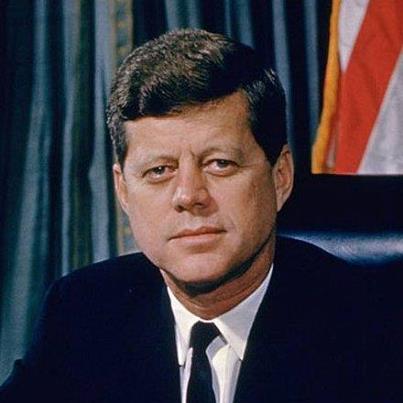
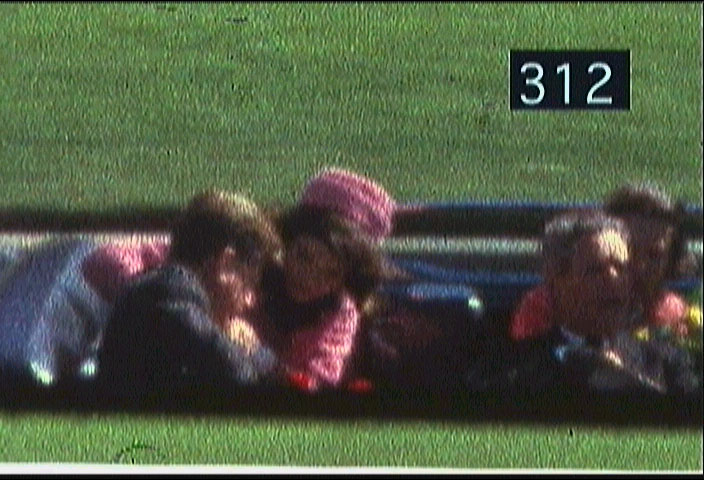
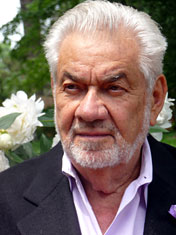
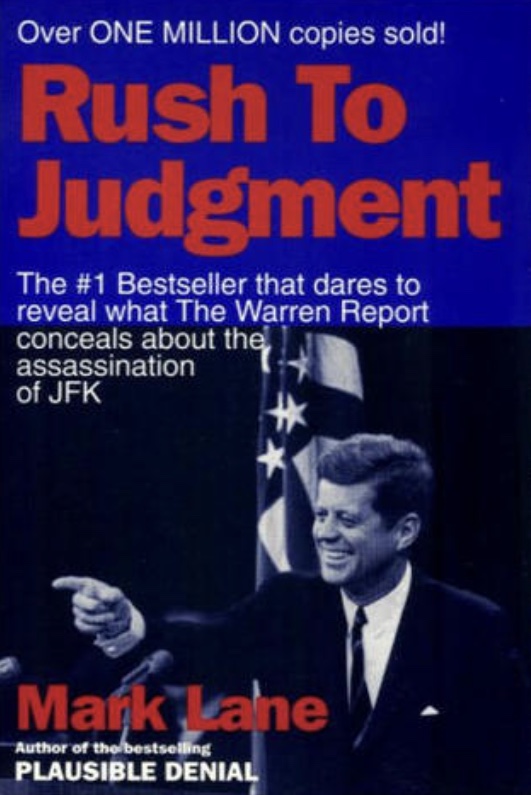
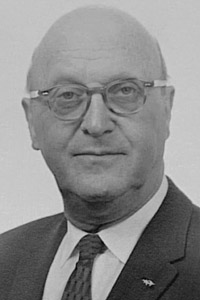
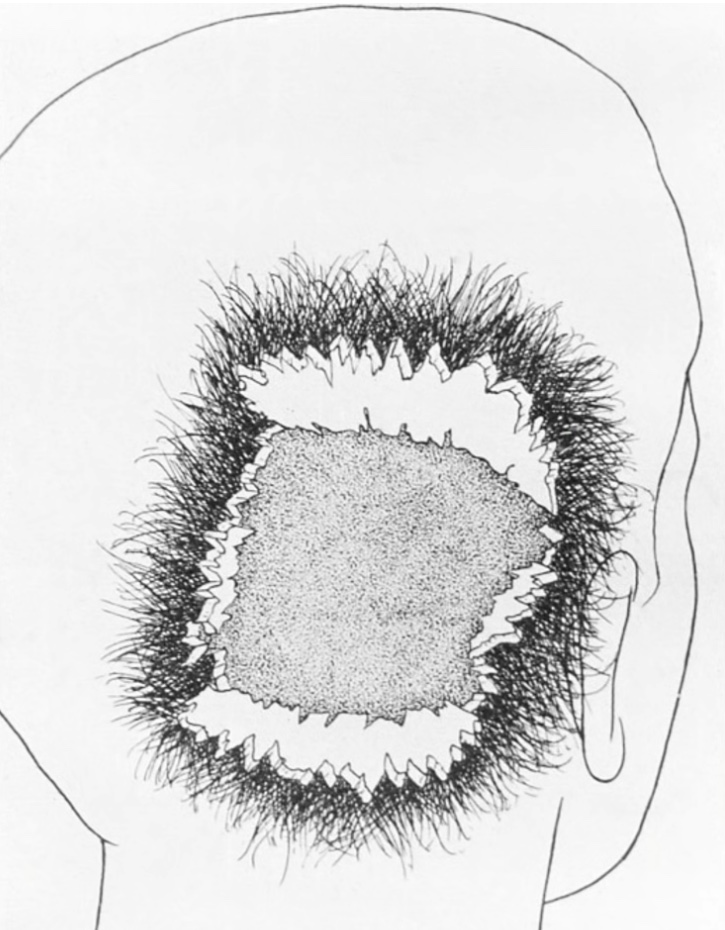
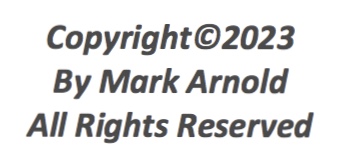

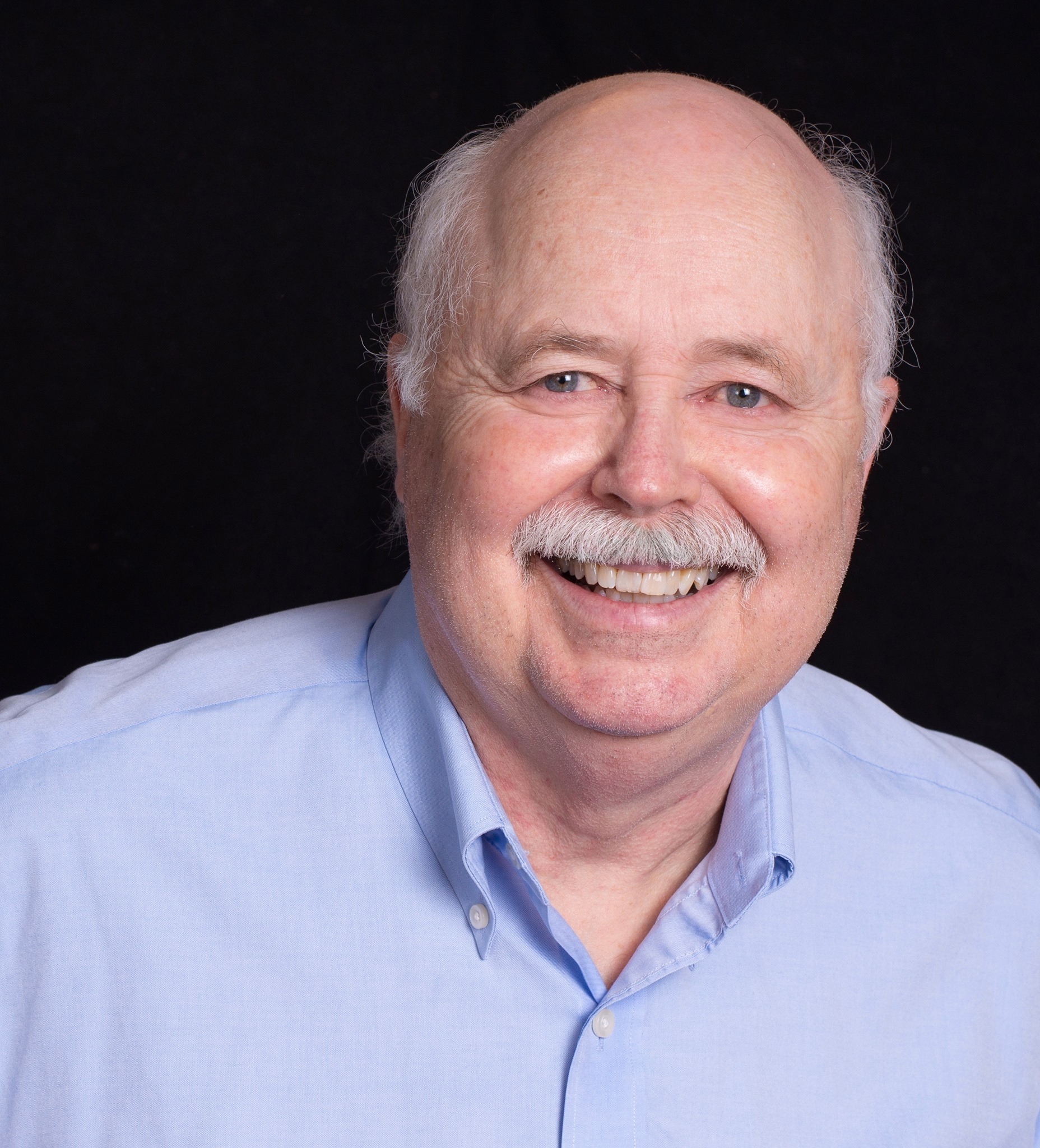
4 Responses
Great series Mark. My observation as a 10 year old was that something very bad happened and the adults around me did not believe what they were being told, even if they didn’t talk about it. The beginning of public distrust of US government, with good reason.
A coup had just happened and none of them saw it coming.
Thanks, Jim! You are right, it was a coup, and I think that must be grasped to understand what has happened to our nation since. Hopefully this JFK series will help accomplish that. MA
At this point, that it was NOT Oswald is beyond a doubt. Any honest investigation into the case shows that.
The motive, though, particularly given the secrecy involved during and after the assassination, has been almost totally inscrutable.
The only thing I can do in a case like this is to compare the secrecy level around this incident to that around other major incidents in our history. One very close match concerns the “Roswell” incidents in 1947 and various related later incidents. Other political killings can also be mentioned; none of them have been totally resolved yet: RFK, MLK, even Marilyn Monroe and several others.
The MLK case has been publicly aired (1993-1999) but not well-reported. There has been a lot of material generated around this one and the MM case.
Recently the secrecy involving Roswell developed more cracks when Congress allowed Dave Grusch to testify in public about what he knows. In a similar time frame, RFK Jr. has commented on CIA involvement in the JFK murder. The secrecy, though, has largely held and will probably continue to hold until every last person with personal interest in or knowledge of these cases has expired.
One “fringe” source – Sean David Morton – has suggested through his books that are supposedly novelized accounts of the life of a real person, that the Kennedy assassination was related to the secret space program. I consider this a real possibility.
Thanks for sharing your perspective on this, Larry. The point you make about secrecy is a good one. I looked into the Roswell incident many years ago and read a book by Philip Corsu entitled “The Day After Roswell,” that tells of the seeding of alien technology, some of which was recovered at Roswell, into defense department contractors to develop new weapons and tech for the military. I’ve not heard that the Kennedy assassination was so connected, but. having learned what I’ve learned, nothing would surprise me. MA